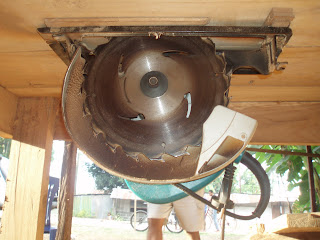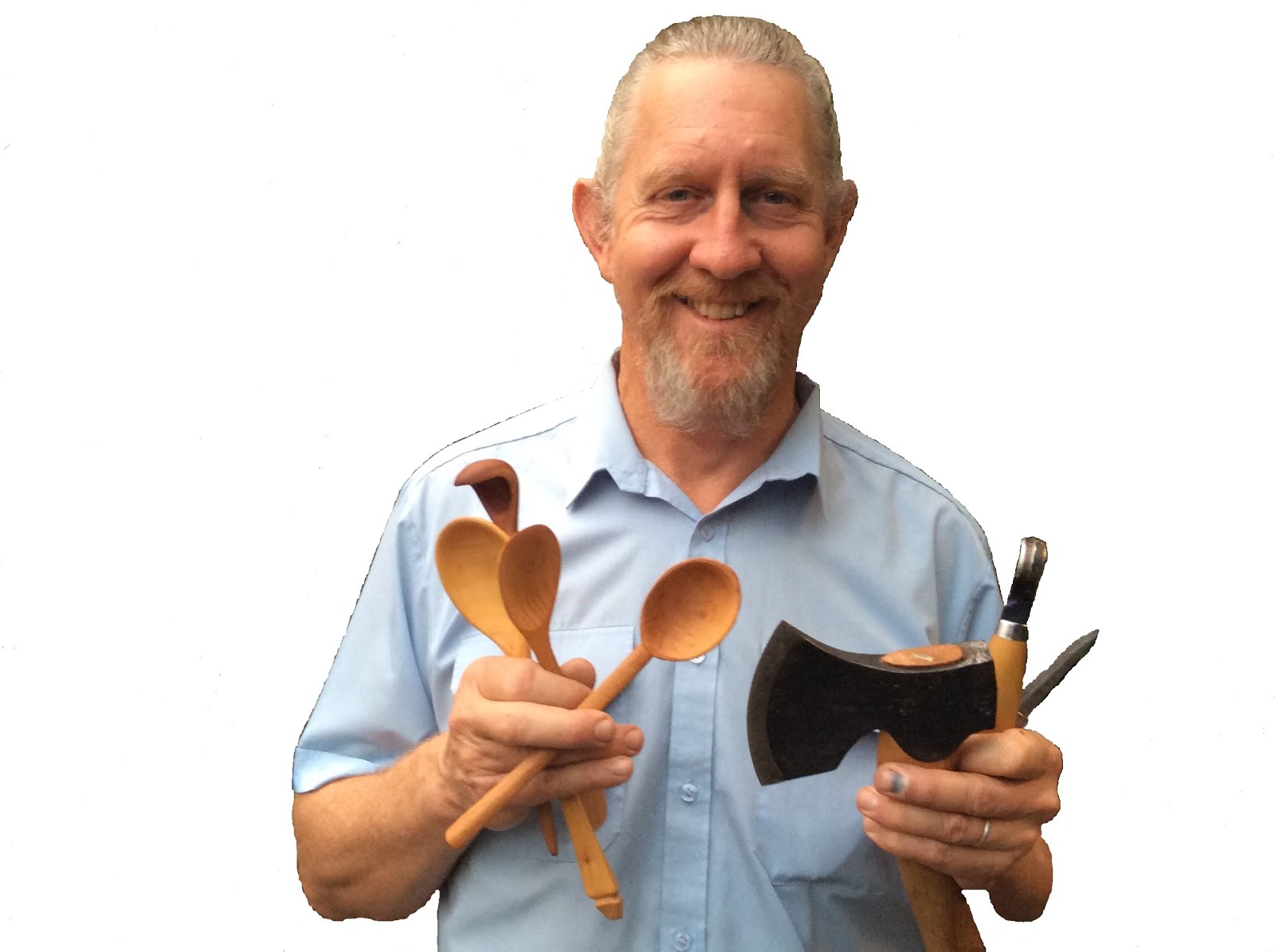Whenever I am in East Timor, I like to take pictures of carpenter/joiners at work. There is building going on everywhere, so little carpentry shops are busy making large numbers of windows and doors, as well as other items like furniture and coffins.
A pic of some fairly standard windows and doors in a new house. Vents above are pretty normal.
However, Indonesia invaded in 1975, and from this period until Independence in 2002, the Indonesian way of doing joinery was to become the norm. It still is the way things are mostly made. The joints in windows and doors are primarily stub mortice and tenon, pegged but not draw-bored. Glue is not always used in the joints. Quality tends to be poor by western standards, probably limited by the rudimentary tools and equipment available to tradesmen, and the lack of training and skill development opportunities. The timber used is usually fairly green. Buzzers and thicknessers are very rare. When power is available, timber is ripped to size with home made table saws, docked to length with power saws and dressed to size via the use of power planers.
Table Saws
A typical home-made table saw.
A power saw is fixed to the underside of the top, as per the pic below.
Gaspar setting the fence on his table saw.
The table saw in action, ripping door stiles to size.
These doors have been temporarily put together ready to measure up and make the panels.
A stack of door panels ready to go.
Question: the Profile of the panel... how was it made?
Answer: An angled fence was used to cut the profile around the panel, on all sides. Simple but effective.
These guys make a lot of joinery using the table saw in their workplace.
Dressing timber.
Most timber starts out as big flitches, usually measuring 8" x 4" x 13 feet long. They are broken down sometimes in the timberyards over big old sw benches and sometimes by the carpenter/joiners themselves using their table saws or power saws. Once broken down, then need to be dressed to the final dimensions. However buzzers and thicknessers are a very rare commodity...
Mataeus using a power plane to dress up a stick into a door frame stile. This is the standard method, tool and bench combination used all over East Timor for this task.This power planer is a monster! It has 6 inch blades. Here used to dress an 8 inch wide board.
Hand Tools.
Power is intermittent and in many places non-existent. All carpenter/joiners have a few hand tools which they use. Good quality tools are very hard to find, and too expensive for most people to afford. Improvised tools are a common sight.
These tools were on the ground where they were being used. Good quality claw hammers are hard to come by. This one has a bent handle just below the head. Then of course there is the gympie, too.
It is common for tradesmen to work on the ground. Let's have a closer look at some of these tools:
This small handsaw has been sharpenned many times. There is very little set on the saw teeth, and the teeth are filed at a low angle creating longer teeth than we would use in the West.
Mateaus is skilled in the use of his small adze. Here he is shaping the horns on the tops and bottoms of the window frames. This will be used to house them into the masonry walls.
A home-made wooden plane. Instead of a wooden wedge the blade and chipbreaker are held in place with a bent piece of mild steel rod. The plane iron has come from a standard No4 or No5 metal plane. These irons are also commonly used as chisels, developing an amazing mushroom end through use!
What every carpenter needs. A bucket of nails. Most nails available are flat heads rather than bullet heads.
Workshops.
Most workshops are a room and/or an open space under a roof at the front of the house. Here are a couple of pics of different carpenter/joiner workshops:
Church pews under construction at this workshop in Baucau.
I took this pic in the village of Beculi a couple of years ago. A very typical small workshop.
Gaspar outside his home and workshop.
A bed head under construction.
A tradesman at his bench in his workshop.
Across nations and cultures, there is so much that we woodworkers have in common. I am reminded of this whenever I am in East Timor. I love to visit joinery shops and talk to carpenter/joiners (within the limits of my Tetun language skills!)
While we may use some different tools and different techniques, there is something at the core which is common to us all. It's a wonderful thing, eh?
.jpg)





























